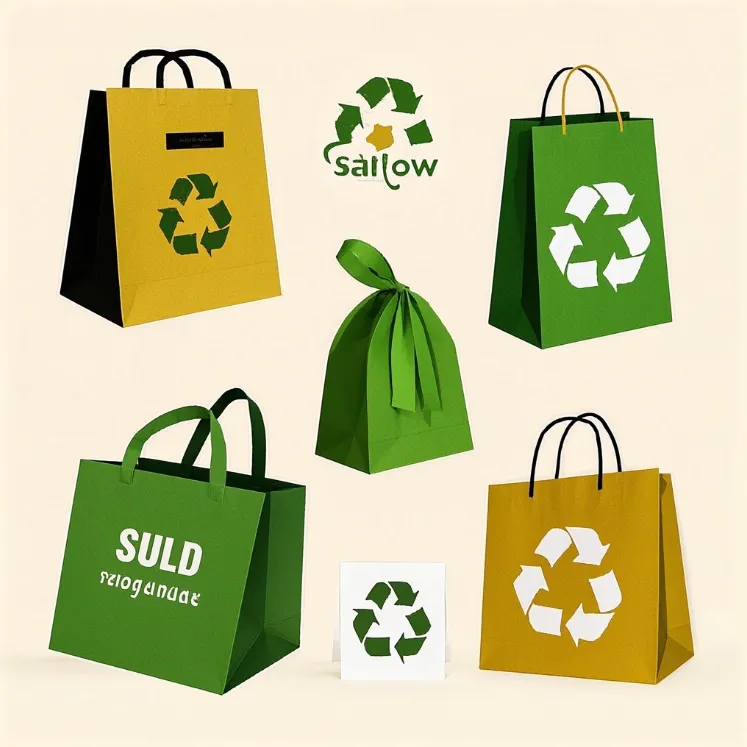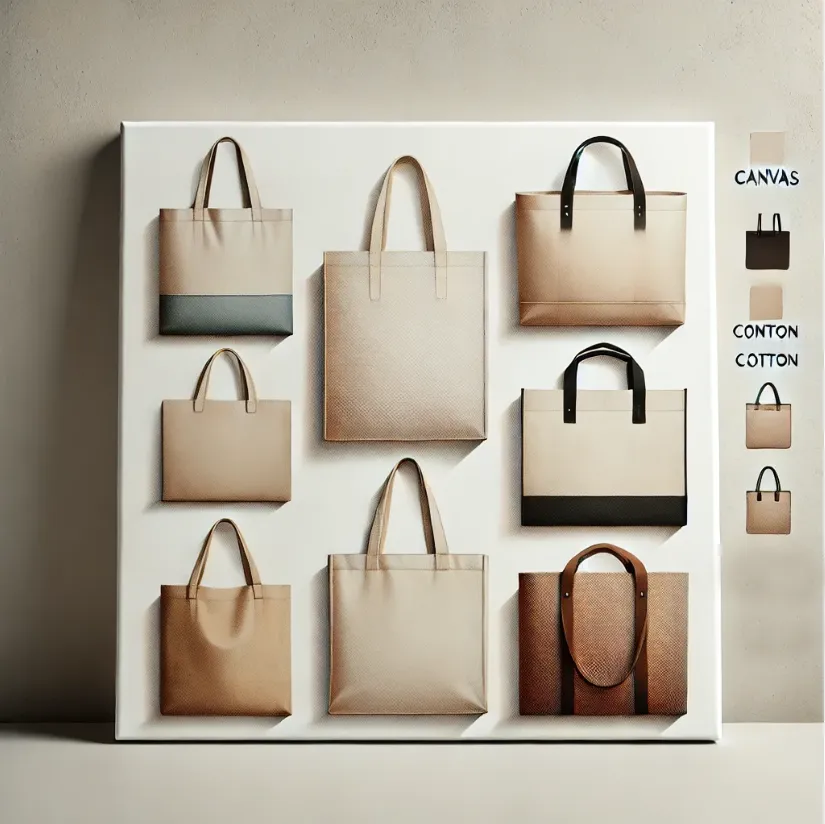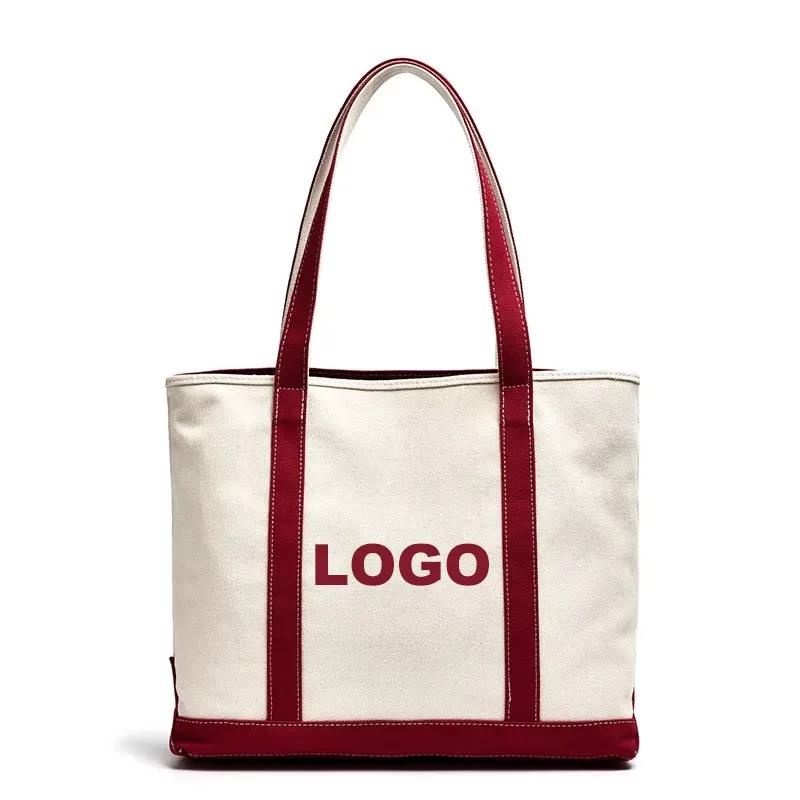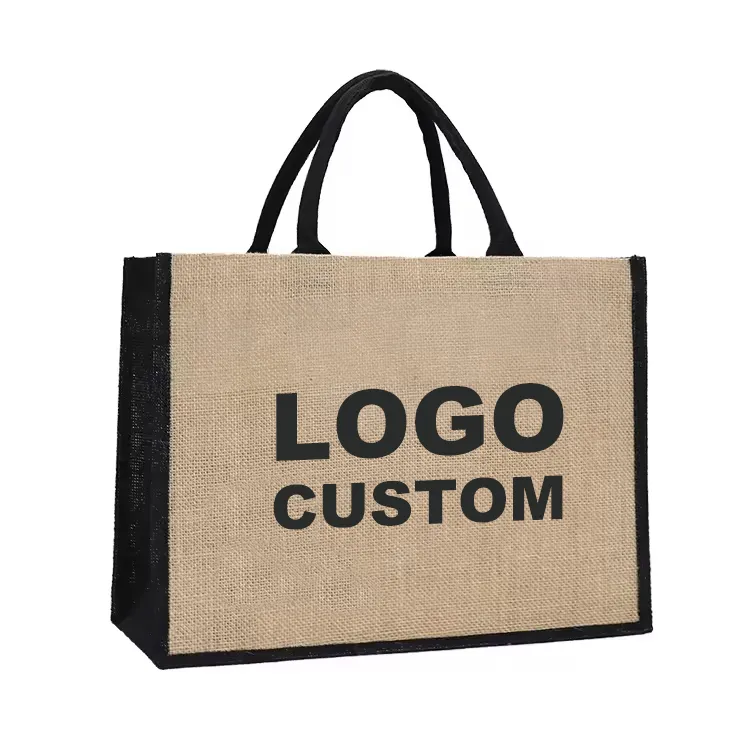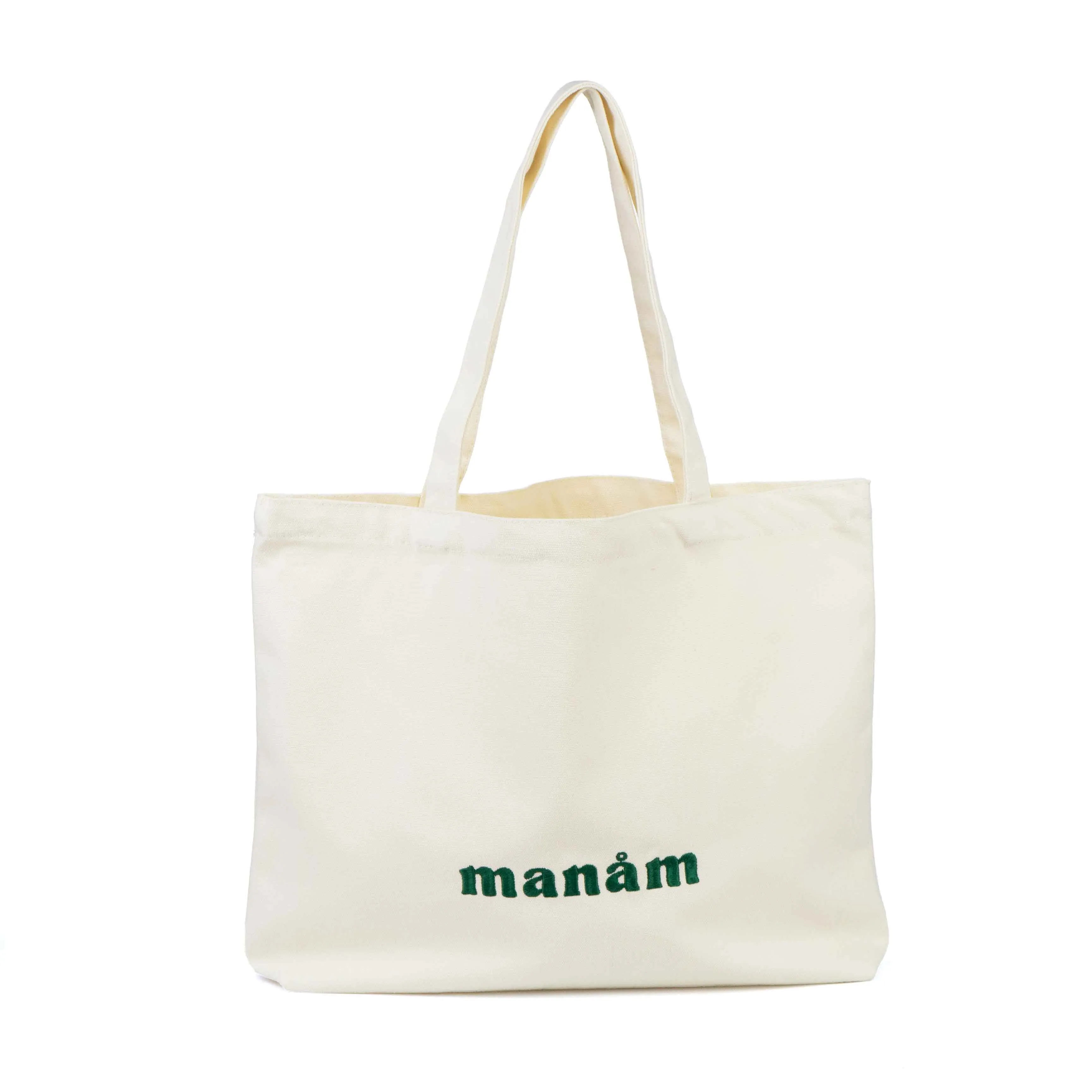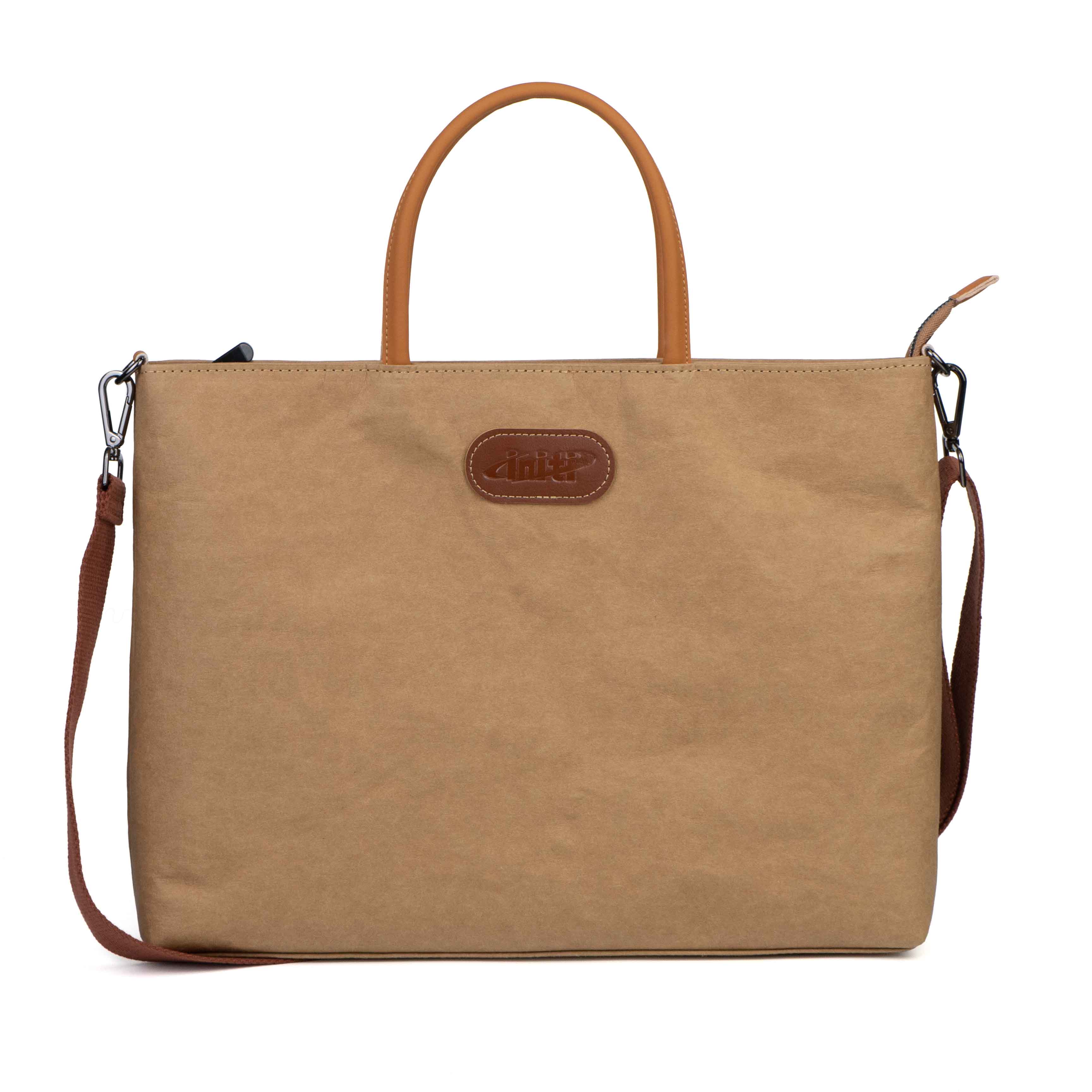How to Choose the Best Tote Bag Material for Business Needs
How to Choose the Best Tote Bag Material for Business Needs?
Tote bags are not just everyday tools but also extensions of a brand's identity. From biodegradable jute bags used by environmental organizations to handcrafted linen options found in luxury boutiques, material choices directly reflect a company’s values and business strategies. How can one strike the right balance among the many available materials? This article analyzes tote bag material selection from four dimensions: practicality, brand positioning, cost efficiency, and user needs.
Material Characteristics and Usage Scenarios: From Natural Texture to Functionalism
1. Natural Materials: The Trade-off Between Sustainability and Cost
- Cotton: Lightweight, breathable, and biodegradable—ideal for baby product brands or the food industry. However, it wrinkles easily, increasing maintenance costs over time.
- Example: MUJI uses unbleached cotton to enhance its "simple living" concept but must accommodate customers frequently replacing the bags.
- Jute: 100% compostable and has a coarse texture suitable for agricultural product packaging. However, it costs 2-3 times more than cotton and requires educating users to accept its rough feel.
2. Synthetic Materials: Cost-Effective Functionality
- Polyester (PET): Water-resistant and tear-resistant, making it the top choice for gyms and outdoor brands. It costs less than canvas but has an environmental impact due to non-biodegradability.
- Data: The daily cost per use of a polyester tote is only one-third of a cotton tote (assuming a 2-year lifespan).
- RPET (Recycled PET): Made from recycled plastic bottles, addressing corporate social responsibility (CSR) goals, though supply chain certification can be complex, with minimum order quantities typically exceeding 5,000 pieces.
3. Blended Materials: Smart Compromise
- Cotton-polyester blend: Reduces cotton's tendency to wrinkle while maintaining breathability, ideal for everyday office tote bags.
- Coated canvas: Waterproof exterior with a moisture-absorbing interior, making it the go-to option for spill-proof scenarios in the food service industry, albeit with increased costs.
| Material Type | Features | Suitable Scenarios |
| Cotton & Organic Cotton | Soft, lightweight, eco-friendly | Promotions, retail, sustainable brands |
| Canvas | Durable, sturdy, suitable for printing | Fashion brands, retail, custom designs |
| Jute & Hemp | Natural, biodegradable, rough texture | Eco-friendly brands, sustainable products, shopping bags |
| Non-woven & Woven Polypropylene (PP) | Affordable, lightweight, waterproof | Promotional giveaways, mass production |
| Nylon & Polyester | Waterproof, strong, customizable | Outdoor, sports, travel applications |
| Tyvek & Kraft Paper Bags | Lightweight, eco-friendly, unique texture | Eco-packaging, retail, creative brands |
Four Key Factors Influencing Material Choice
1. Business Scenarios Determine Material Priorities
- High-frequency use (e.g., employee commuter bags): Durability > Lightweight.
- Short-term marketing (e.g., trade show giveaways): Printability > Longevity.
- Luxury gifts: Texture and exclusivity > Cost.
| Business Need | Recommended Material | Key Advantages |
| Retail & Fashion Brands | Canvas, organic cotton | Premium feel, enhances brand image |
| Promotions & Giveaways | Non-woven fabric, lightweight cotton | Cost-effective, suitable for mass production |
| Eco-Friendly & Sustainable Brands | Jute, hemp, organic cotton | Reinforces green brand message, biodegradable |
| Luxury & High-End Products | Thick canvas, Tyvek | Unique texture, conveys exclusivity |
| Grocery & Food Stores | Woven PP, jute, insulated polyester | Durable, waterproof, supports heavy loads |
2. Budget Defines Material Options
- Low budget (<$1/unit): Non-woven fabric or thin cotton, with an expected replacement cycle of under one year.
- Mid-range budget ($1-$3/unit): 12oz canvas or 420D polyester, balancing durability and print quality.
- High budget ($5+/unit): Custom jute with leather trim and embroidery enhancements.
| Budget Range | Available Materials | Suitable Scenarios |
| Low-cost | Non-woven, polyester, kraft paper | Large-scale promotional events |
| Mid-range | Cotton, jute, standard canvas | Retail and brand promotions |
| Premium | Organic cotton, thick canvas, hemp | High-end brands and sustainable products |
3. Brand Values Reflected in Material Choice
- Eco-commitment: GOTS-certified organic cotton or traceable jute.
- Tech-inspired: Reflective polyester or thermochromic coating.
- Luxury appeal: Linen combined with vegetable-tanned leather, emphasizing handcrafted details.
4. User Behavior Dictates Design Features
- Commuters: Waterproof lining and laptop compartments (materials must be structured).
- Elderly users: Wider handles to prevent hand strain and lighter bag weight (avoid thick canvas).
| Customization Need | Recommended Material | Notes |
| Printing Methods | Cotton, canvas (screen printing); Polyester, nylon (heat transfer) | Choose the right printing technology for better branding |
| Texture & Color | Canvas (vintage), jute (natural), polyester (vibrant) | Align texture and color with brand identity |
| Extra Features | Canvas, nylon (reinforced handles, zippers, pockets) | Enhances usability and user experience |
Industry-Specific Solutions: Matching Needs with Materials
Retail Industry: Durability + Brand Exposure
Retail brands require prolonged brand exposure. If a material lacks durability, its shorter lifespan will limit the number of brand impressions.
- Recommendation: 14oz canvas (supports 20kg+).
- Cost logic: Bulk production reduces unit price to around $2-$3. A fast fashion brand used thin cotton, leading to a 40% breakage rate within three months, significantly raising exposure costs and damaging brand perception.
Environmental Organizations: Material as a Statement
For eco-conscious organizations, material choice is integral to branding.
- Recommendation: Organic cotton, jute, or recycled materials. Emerging options like pineapple fiber add innovation.
- Market insight: 87% of consumers are willing to pay a 30% premium for eco-friendly materials.
Food Delivery: Functionality First
Food delivery bags prioritize functionality and cost.
- Common choices: Non-woven fabric, laminated non-woven, and paper bags.
- Key requirements: Water and grease resistance to prevent leaks and customer complaints.
Three-Step Decision Model: A Case Study for Fitness Brands
Define Usage Scenario & User Profile
-
- Example: Gym member gift → Frequent use requires durability; gym gear is heavy, so the bag must support weight; fitness users have high aesthetic standards.
Eliminate Unsuitable Materials
-
- Rejected: Thin cotton (wrinkles easily), jute (not waterproof).
- Shortlist: Polyester (waterproof, lightweight), coated canvas (better load-bearing).
Finalize Based on Budget
-
- Research price ranges for selected materials, factoring in design complexity, printing, and additional features. Consulting a professional bag manufacturer ensures accurate quotes.
Conclusion
Choosing the right tote bag material is a multidimensional decision involving budget, brand objectives, and usage. While a logical formula(material cost ÷ daily use count = per-use exposure cost)aids decision-making, businesses also consider long-term value and sustainability. A final tip: List your top three priorities (e.g., sustainability > durability > cost) and adjust accordingly to create the ideal custom tote bag that serves as both a utility item and a brand story. Partnering with reliable suppliers ensures quality and production efficiency, maximizing investment value.
Hot Tags:Shopping Bag China, suppliers, manufacturers, factory, wholesale, in bulk, for sale,tote bag ideas,canvas bags for storage,cotton shoulder bag, rpet bag, custom garment bags,canvas drawstring bags,Insulated lunch cooler bag,makeup cosmetic bag for sale,Grocery and Shopping tote bag,Beach Accessories,Jute/hemp/burlap tote bag,Corduroy tote bag,Travel bag,Linen bag,Paper bag



